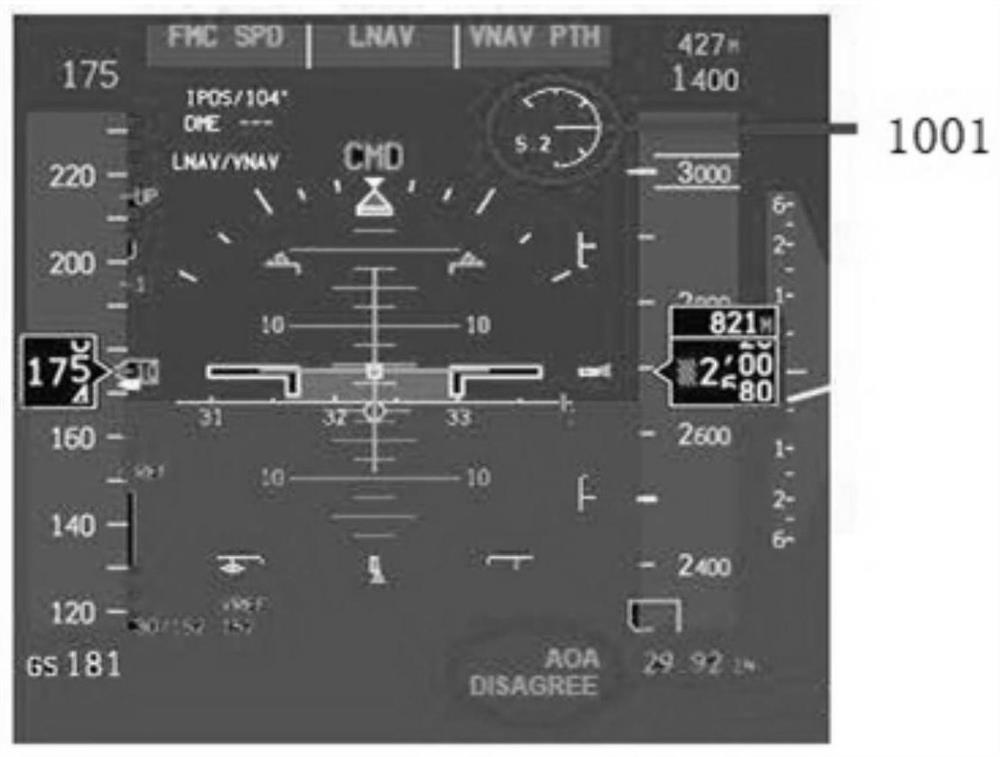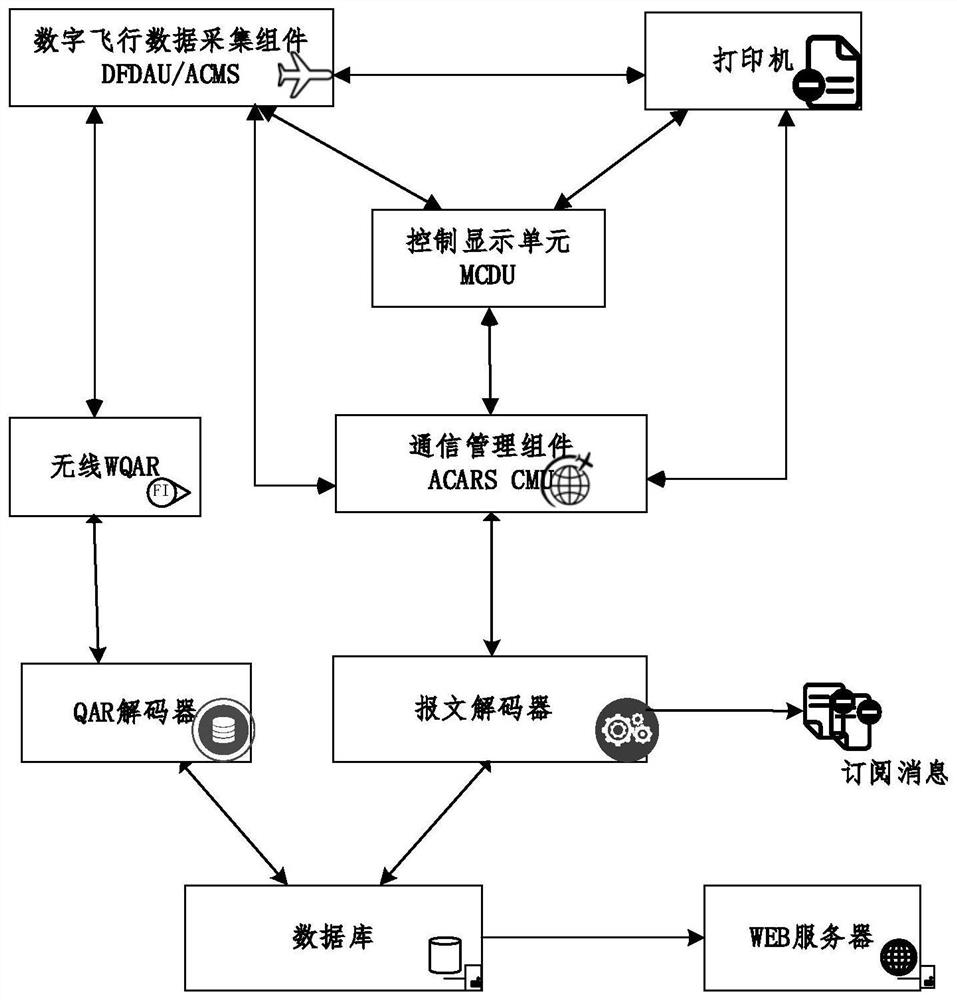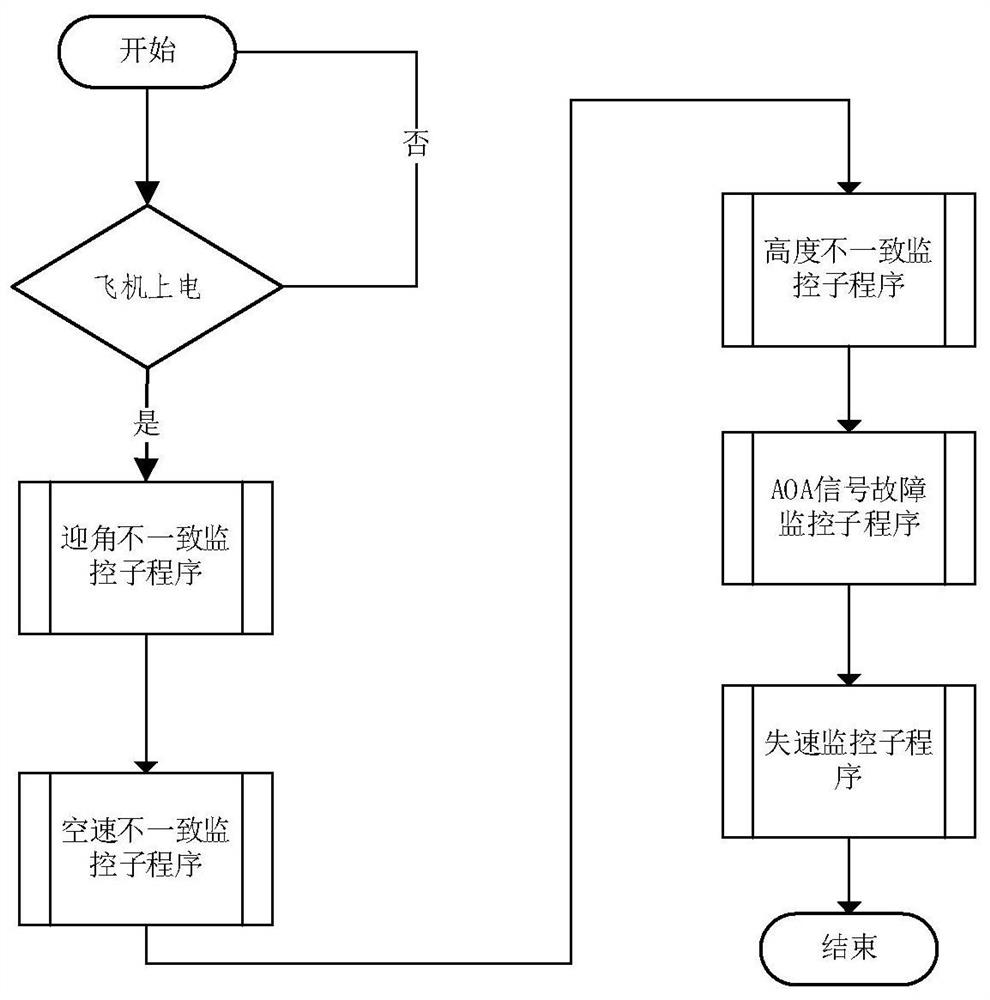Aircraft angle-of-attack detector real-time monitoring method
A real-time monitoring and detector technology, which is applied in civil aviation maintenance engineering and civil aviation aircraft health monitoring, can solve the problems of large manpower and material resources, consumption, poor effect, etc., achieve good versatility, avoid time-consuming and laborious, and realize simple and convenient Effect
- Summary
- Abstract
- Description
- Claims
- Application Information
AI Technical Summary
Problems solved by technology
Method used
Image
Examples
Embodiment Construction
[0051] The following provides a real-time monitoring method for the B737 aircraft angle of attack detector.
[0052] The overall architecture of the system based on the above method is mainly divided into three modules: an airborne ACMS monitoring module, a ground engineering monitoring module, and a user terminal. The overall structure of the system is shown in figure 2 shown.
[0053] 1. Airborne ACMS monitoring module
[0054] This module is mainly composed of digital flight data interface component DFDAU, aircraft status monitoring system ACMS, printer, control display unit MCDU, communication management component CMU, wireless WQAR and air data sensor. The airborne ACMS monitoring module is mainly responsible for monitoring the health status of the aircraft angle-of-attack detector, collecting atmospheric data and key flight parameters, and triggering the AOA message, and then sending the message to the aircraft's communication management component CMU, and then throug...
PUM
 Login to View More
Login to View More Abstract
Description
Claims
Application Information
 Login to View More
Login to View More - R&D
- Intellectual Property
- Life Sciences
- Materials
- Tech Scout
- Unparalleled Data Quality
- Higher Quality Content
- 60% Fewer Hallucinations
Browse by: Latest US Patents, China's latest patents, Technical Efficacy Thesaurus, Application Domain, Technology Topic, Popular Technical Reports.
© 2025 PatSnap. All rights reserved.Legal|Privacy policy|Modern Slavery Act Transparency Statement|Sitemap|About US| Contact US: help@patsnap.com



